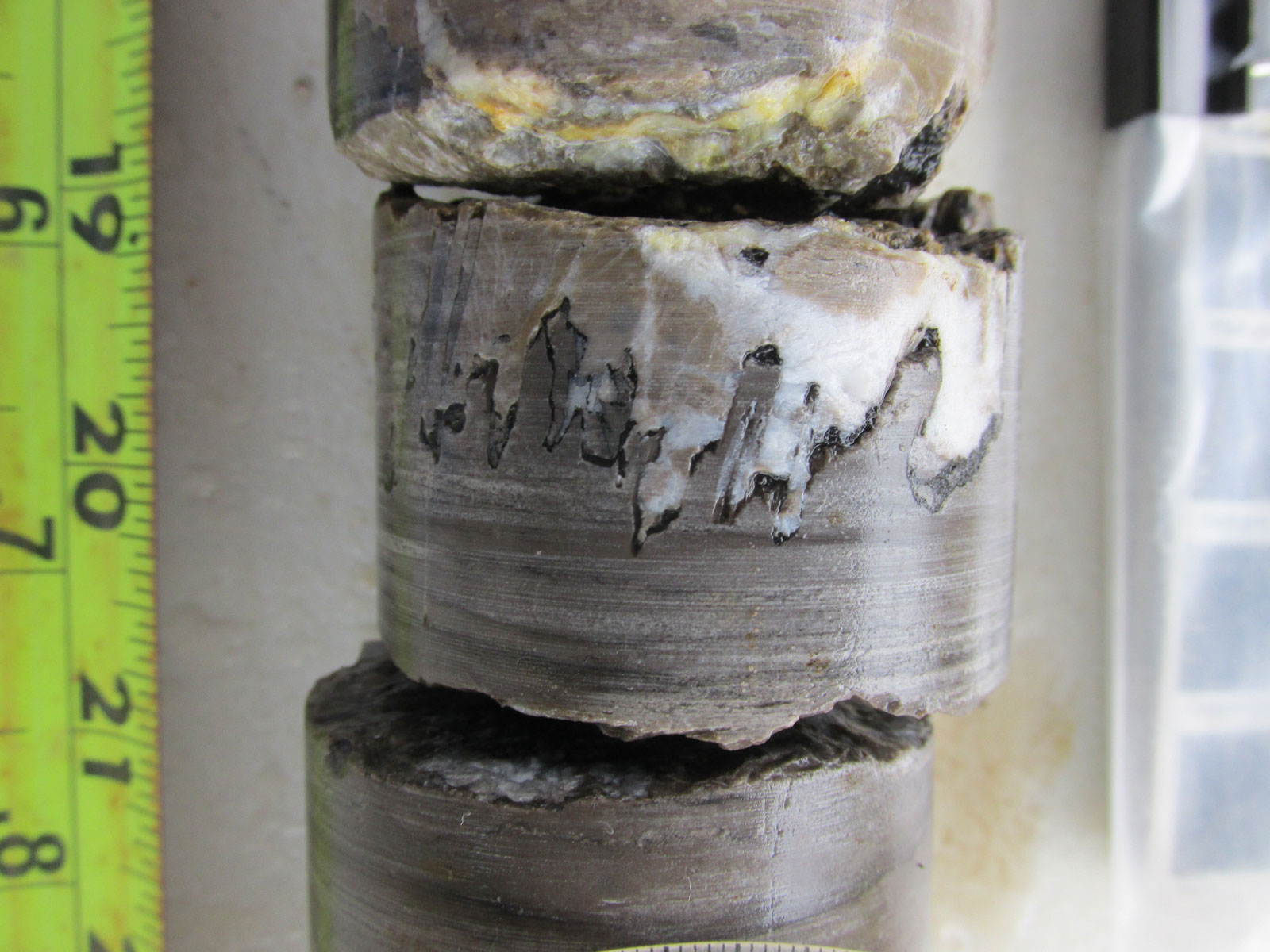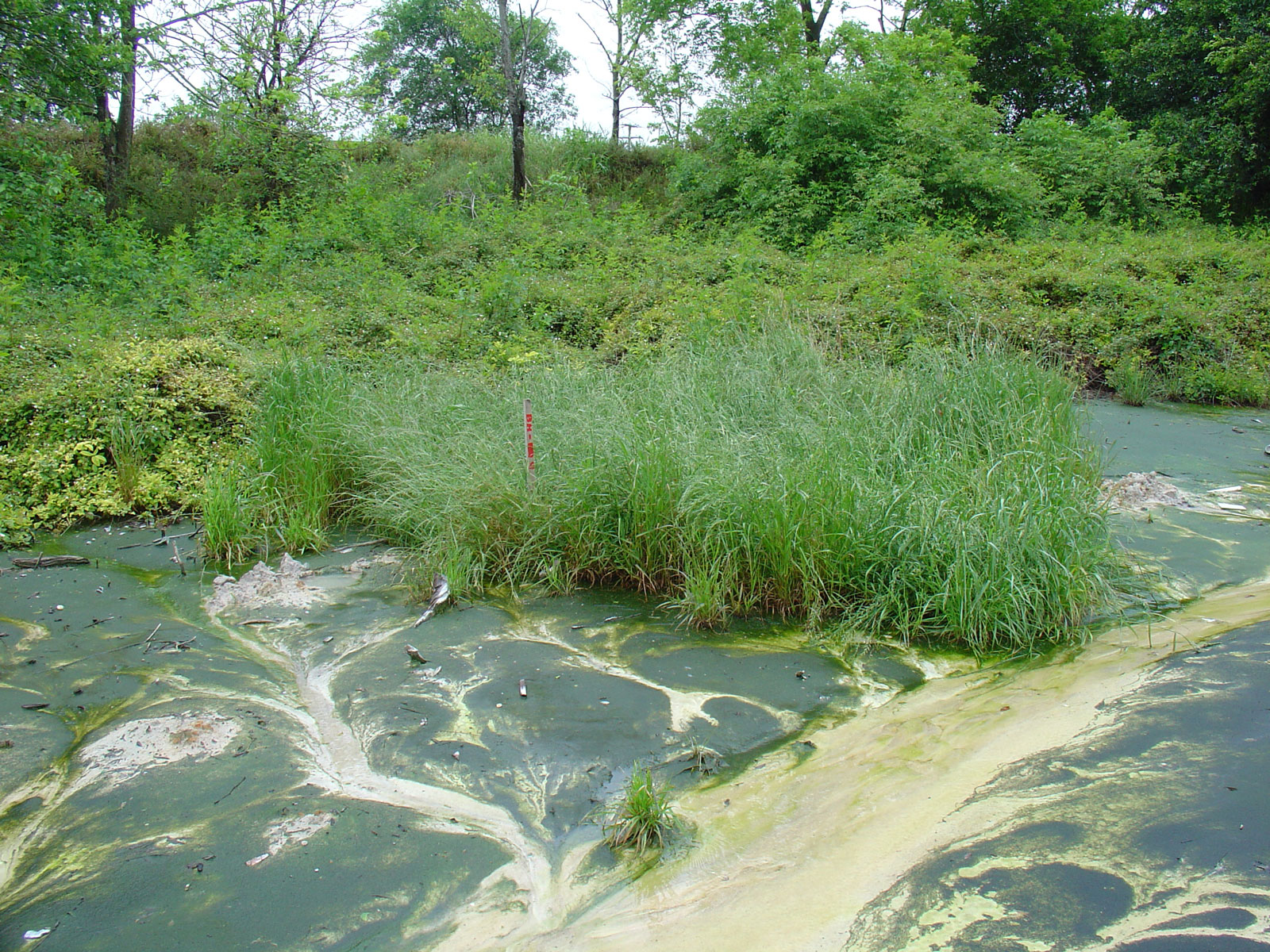ENVIRONMENTAL SERVICES

Comprehensive technical projects undertaken by PELA generally require multi-disciplined personnel with specialized experience in geology, groundwater and surface water hydrology, chemistry, engineering, modeling, and environmental regulatory issues. PELA's geologists and hydrogeologists are licensed in many states and certified by national organizations such as the American Institute of Professional Geologists (AIPG) and the American Institute of Hydrology (AIH). Projects are also performed by professionals with specialized training and certifications including Certified Environmental Auditor and Certified Environmental Scientist.
GREENFIELD/BROWNFIELD SITES
PELA is qualified and experienced in assessing greenfield and brownfield sites and handling the phases of enrollment, assessment and remediation of brownfield sites. Whether the project site is for breaking new ground or redevelopment of an impacted property, a stepwise approach for clients achieving ribbon-cutting, sales, or site closure is developed. Typically the initial components of the process are due diligence and evaluating the site setting. Comprehensive investigations may entail contamination assessment and remedial action. Our firm was the consultant for a closed facility in South Alabama that was the first industrial facility to receive a No Further Action status (2003) from the Alabama Department of Environmental Management (ADEM) using the Risk Based Corrective Action program guidance.
ENVIRONMENTAL SITE ASSESSMENT/AUDITS
An Environmental Site Assessment (ESA) is prepared to identify recognized environmental conditions on a property. The need for an ESA may be triggered by a real estate or corporate transaction, as well as a regulatory action. PELA performs ESAs in accordance with industry and ASTM standards, as well as applicable state and federal regulations. Project staff experience and qualifications meet the requirement of the EPA All Appropriate Inquiries (AAIs) as Environmental Professionals. Environmental Site Assessments are conducted or supervised by professional geologists (PG) and personal and/or associates with specialized training and certification, including Certified Environmental Auditor (CEA), and Certified Environmental Scientist.
PELA staff performs Phase I and Phase II ESAs for clients such as lenders, attorneys, property owners, industries, developers, and insurance companies. ESAs have been completed at a variety of properties and facilities, including: manufacturing facilities, undeveloped and agricultural property, military support manufacturing, clothing silk screening/printing, metals fabricating facilities, die casting plants, electronics manufacturing facilities, wood treating facilities, asphalt and road materials processors, recovery and recycling facilities, apartment and condominium properties, institutional properties, service stations and others. Property settings range from rural to industrial park settings.
SITE INVESTIGATION AND REMEDIATION
Investigating and assessing contaminated soils and groundwater accounts for a large portion of PELA’s project work. Many sites are or were Superfund sites located throughout the US. Chemical constituents at sites investigated include: volatile organic compounds (PCE, TCE, TCA, DCE and others), acids, chlorinated hydrocarbons, pesticides and herbicides, asbestos, explosives, wood treating chemicals, creosote compounds, PCBs, metals, resource development wastes, jet fuel and gasoline and other petroleum hydrocarbons.
Our professionals provide:
- Remedial investigation plans
- Corrective action plans
- Feasibility studies and detailed cost proposal development
- Risk assessment
- Remedial action design, implementation, and monitoring of activities
- Remediation system operation and maintenance
- Compliance reporting
- Post-closure monitoring and reporting
- Liaison and coordination with agency professionals
PELA has performed contaminated site investigations throughout the US and in various hydrogeologic settings ranging from unconsolidated deposits to karstic environments, and complex faulted and folded carbonate rock in the Appalachian Valley and Ridge.
Examples of components of investigations include:
- Subsurface investigations
- Geophysical surveying
- Design, development, and installation of groundwater monitoring well networks
- Development and execution of remedial investigations and feasibility studies
- Air, vapor, soil, groundwater, surface water, and waste sampling
- Comprehensive analysis and evaluation of analytical data
- Pilot-treatment studies and bench-scale testing
- Computer modeling of groundwater movement and solute transport
Some remediation methods employed include:
- Soil removal
- Capping
- Groundwater recovery and treatment
- Pneumatic fracturing to enhance soil permeability
- Vapor extraction/dual phase extraction
- Air stripping
- Carbon absorption
- In-situ well technologies
- Bioremediation
- Underground injection of various amendments
- PHOSter
- and other innovative technologies
NEPA STUDIES
Many projects include completion of environmental studies and reporting requirements to address environmental consequences of the National Environmental Policy Act (NEPA) process. Projects are components of clients’ programs in seeking investment assistance, federal finance assistance, permitting, or grant funding. Projects have been completed to satisfy specific agency requirements for the Federal Highway Administration (FHWA), Alabama Department of Transportation, Federal Communications Commission (FCC), Federal Energy Regulatory Commission (FERC), Infrastructure for Rebuilding America (INFRA) US Department of Transportation, Health Resources and Services (HRSA) of the Department of Health & Human Services, and the Economic Development Administration and the National Institute of Standards and Technology (NIST), both agencies of the US Department of Commerce.
Components of the NEPA process can be included in a comprehensive Environmental Assessment (EA) or Environmental Impact Statement (EIS), or as specific evaluations for a specific project objective.
PELA offers the assessment (identification of the resources and the environmental consequences of the proposed project) of the following NEPA components:
- Cultural resources, historic properties, and archaeological resources
- Socioeconomics
- Geology and natural resources
- Wetlands
- Floodplains
- Water-quality conditions
- Endangered and protected species
- and others
NATURAL RESOURCES
A resource evaluation entails surveying property to determine the occurrence, quantity and quality, and economics of natural resources associated with property. This can also be performed in order to realize the potential for development or the fulfillment of a conservation easement.
A conservation easement is a voluntary, legal agreement that permanently limits uses of the land in order to protect its conservation values. Many landowners find this to be beneficial because they are able to protect their land while still maintaining many private property rights and receiving valuable tax benefits.
PELA has assisted numerous entities with natural resources considerations. Our services include:
- Research and geologic mapping
- Exploration drilling, sampling, and material testing
- Reserves estimation
- Resource evaluation
- Resource valuation
- Environmental permitting associated with resource development
- Conservation easement
- Expert witness services related to resource management and development
Resources with which our professionals have project experience include:
- Coal
- Coal-bed methane
- Lignite
- Sand
- Gravel
- Phosphate
- Groundwater
- Surface Water
- Limestone
- Koalin
- Clay
- Oil and Gas
- Igneous and metamorphic rocks
PIPELINE SERVICES
Geotechnical Investigations
Geotechnical investigations are performed to aid in the design of Horizontal Directional Drilling (HDD) crossings where pipelines are installed beneath water bodies and infrastructure and buildings. By drilling geotechnical boreholes and collecting samples, PELA professionals determine the geology and the relevant physical properties underlying the proposed site. We then remit that information to the design engineers who use the investigation results to determine how deep and what equipment and technology should be used when drilling and installing the pipeline.
HDD Inspection Services
Once the drilling process is initiated, it is vital to monitor daily drilling activities. PELA professionals perform HDD inspection services providing reports on drilling activities, problems, daily footages, and pipe installation progress.
STORAGE TANKS
Underground and Above-ground tanks
PELA has performed Underground Storage Tank (UST) studies related to contamination investigations and corrective actions since 1986, prior to implementation of the National UST Program. Our staff routinely works with State agencies navigating regulatory processes and assisting our clients with various State UST programs.
PELA has performed tank-related investigations at numerous sites throughout the Southeast. These detailed studies focus on assessment, monitoring, reporting, and remediation. Work tasks commonly performed in these investigations include:
- Development and implementation of site assessment plans
- Soil and groundwater sampling and analysis
- Installation and sampling of monitoring wells
- Completion of Risk Based Corrective Action (RBCA) evaluations
- Determination of remedial alternatives
- Design, installation, and operation of remedial measures
Tank-related project experience includes:
- Preparation of documentation and certifications required by various State rules and regulations to comply with State UST trust fund requirements
- Preliminary and secondary investigations to define the areal and vertical extent of contaminated soils and groundwater
- Completion of soil borings and the installation of piezometers and monitoring wells
- Field studies such as pumping tests, slug tests, and vapor extraction tests to aid in determining the most practical and effective remediation methods
- Risk Based Corrective Action (RBCA) determination
- Development of remedial action plans and risk assessments and specifications for remediation
- Closure assessments for tanks permanently closed in place or by removal
- Design, installation, and operation of the selected remediation system

OTHER RELATED SERVICES INCLUDE:
Wetland delineation
Cultural resources assessments
Community outreach programs
Geophysical studies
Land use assessment
Land use management plans and policy development